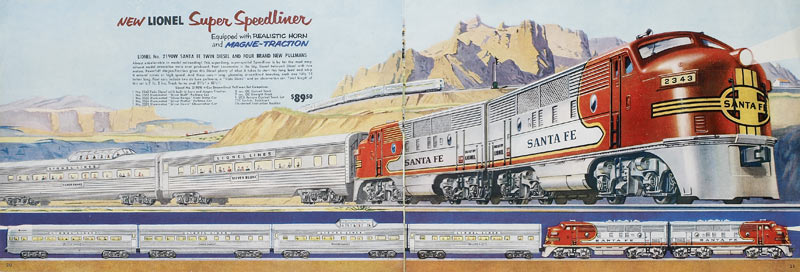
My greatest find occurred in 1957, when I was 13 years old. Before I tell you about it, let me share some memories of my growing up in northeast Philadelphia. Second-hand trains My family wasn’t wealthy, so my trains were mostly what I scrounged up using my allowance. One example was my Lionel GG1 (a […]
Read More…
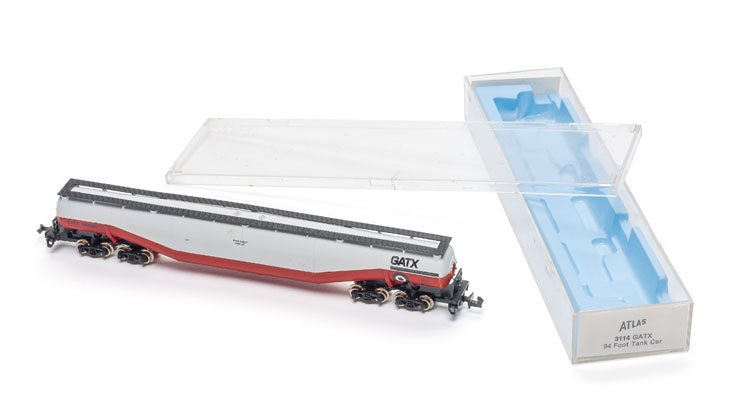
I thought about calling this column “What on earth were they thinking,” but that wouldn’t have made a good title because someone looking at the table of contents would have had no idea what the article was about. The “they” in my unused title was Atlas, which had the N scale whale-belly tank car shown […]
Read More…
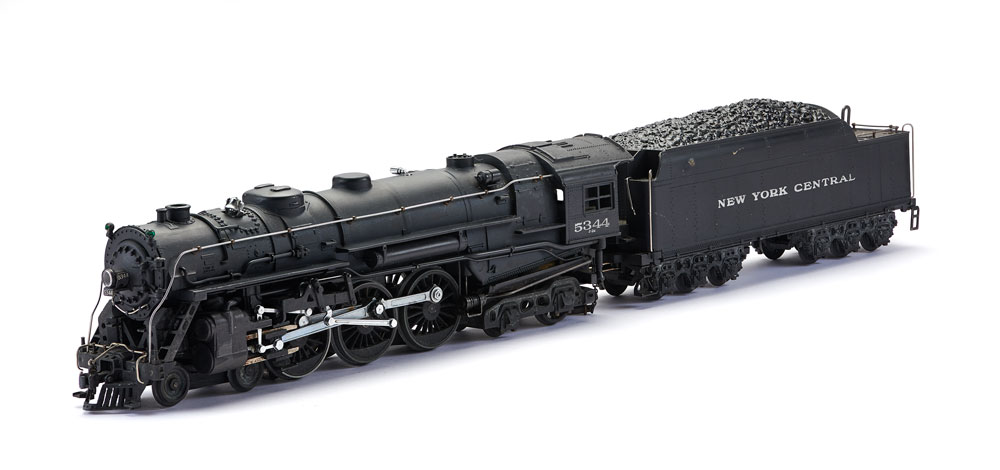
The Lionel 700E Hudson steam engine, a super-detailed 1:48 scale model of the J-1e New York Central 4-6-4 Hudson, was a masterpiece. Of museum quality and accuracy, yet functional, it was targeted at O gauge model railroaders, but appealed to just about everyone who saw it. New York Central President Frank Williamson kept a 700E […]
Read More…
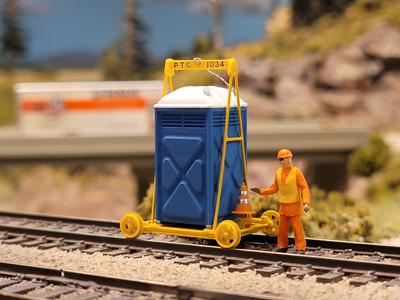
3-D print a rail cart porta-potty: A requirement of a modern railroad, besides moving freight and passengers, is addressing the needs of the employees while on the job. This includes, of course, all of the workers, from the office personnel devising service plans to the maintenance-of-way crews doing track upkeep. As modelers, we only become […]
Read More…
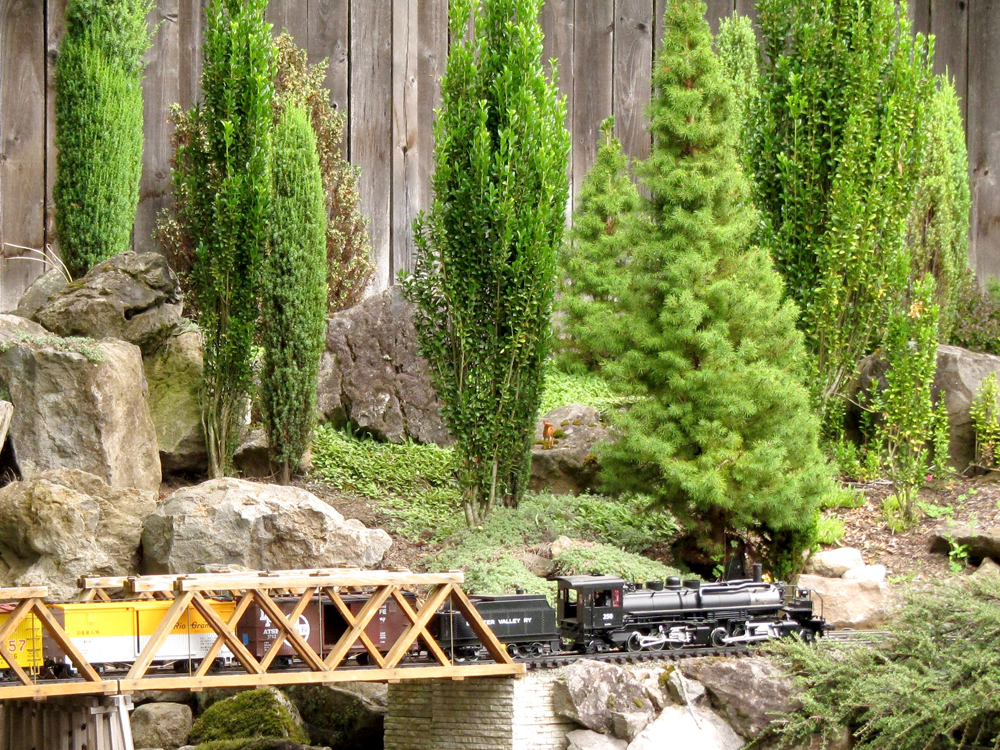
Common name: Columnar Japanese holly Latin name: Ilex crenata ’Sky Pencil’; synonym I.c. ‘Sky Sentry’ Plant type: Shrubs & small trees Plant size: 4-6′ high x 4-12″ wide USDA Hardiness Zones: 5-9 Cultural needs: Sun; moist, drained soil Introduced by the National Arboretum in 1985, columnar Japanese holly is usually called Sky Pencil or Sky […]
Read More…
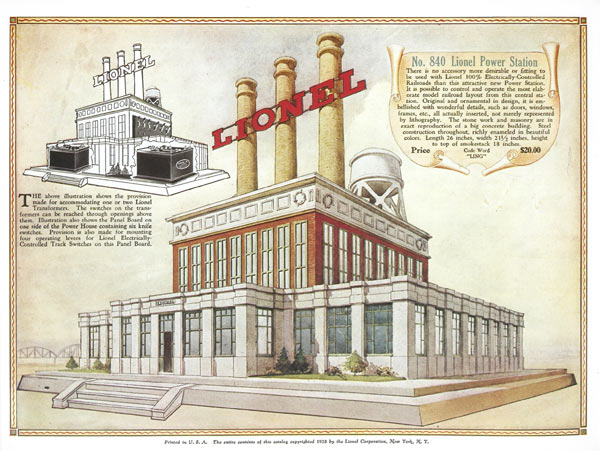
One night in 1992, I was in Bombay (now Mumbai), India, waiting for a plane. Bombay is about as far away as a person can travel from Little Silver, N.J., where I grew up, and just as far from the Lionel fun factory where my greatest find was manufactured. But because one day I asked […]
Read More…

My greatest find could also be known as the one that almost got away. This Lionel outfit was sitting on a shelf of a local pawnshop for quite some time, collecting dust with many other items that no one was interested in buying. Enter my wife, who had worked for a large telecommunications company that […]
Read More…
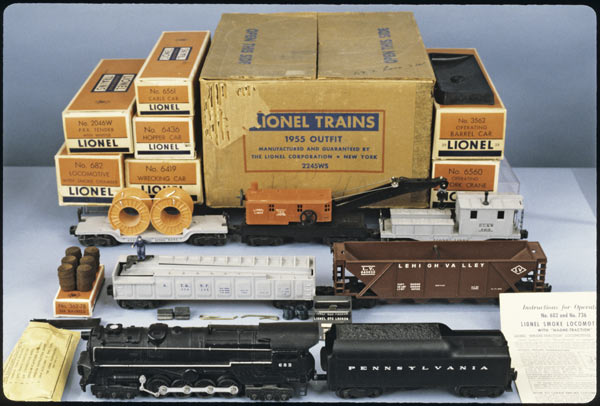
Being a longtime toy train collector and a member of the Train Collectors Association since 1971, I have had more than my share of great finds. Recently, though, I chanced upon one that I consider my greatest. Turbines without and with Magne-Traction Like most postwar train enthusiasts, I have always liked the model of the […]
Read More…

Lionel Mint Car Coin collection with a matching collection of souvenir US Mint coins In 1961, when Lionel first produced the #6445 Fort Knox Gold Bullion Car, it had a coin slot in the top so it could be used as a bank. In 1979, when the car was reproduced as #9320, Lionel also created […]
Read More…

Isn’t amazing how a single vintage photograph of a store that stocked electric trains can serve as a time machine to carry us back several decades. Pictures like this one are scarce, and so we at Classic Toy Trains know how fortunate we are to be able to share it with you. Our gratitude goes […]
Read More…
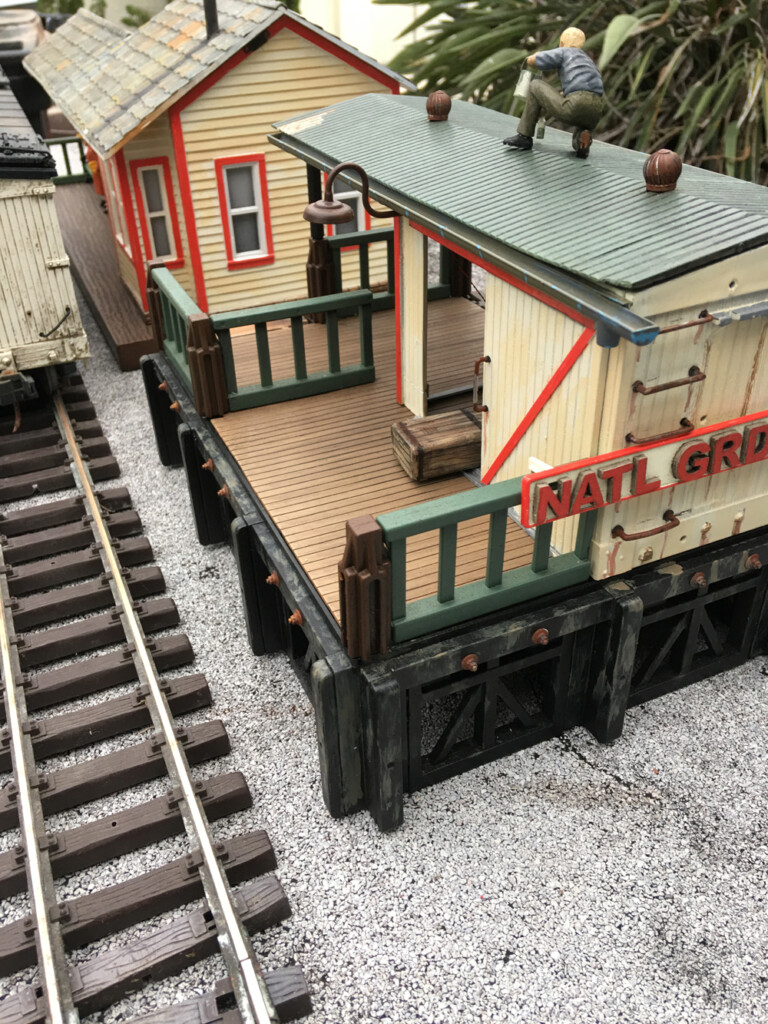
Sometime ago I decided to build a combination small rural station with a freight house. I often use pieces of several kits (or sometimes broken items) to make my projects. For this one, I started with a Korber station and used part of an Aristo-Craft platform to add waiting platform with roof. I wanted the […]
Read More…

Q: Way, way back in the 20th century, I think in the 1980s (though I’m probably wrong), Model Railroader ran an article about making your own coupler height gauges in the various scales, including TT scale. Can you advise which issue that was? None are available in TT today, and I could use a couple on […]
Read More…












